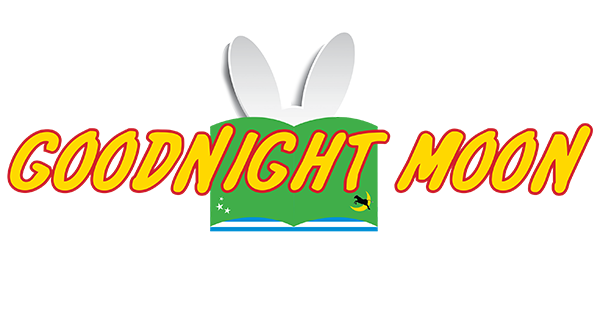
Goodnight Moon, a deceptively simple children’s book that falls somewhere between a going-to-sleep narrative and a lullaby, remains one of the most universal cultural references decades after its original publication in 1947. Goodnight Moon represented a new kind of children’s literature when it was first published. At the time, most children’s literature was still firmly stuck in the 19th century, and consisted of moralizing fables or fairytales set in faraway lands and distant ages. Then, “here-and-now” stories became popular, which featured modern, urban settings and stories that would reflect a child’s actual existence. It was believed that, for young children, daily routines were still new and exciting and in need of further exploration. Goodnight Moon deals explicitly with the “here and now” of a child’s bedtime—all the physical items that make up a bedroom from telephones to socks with a focus on the single, simple act of saying “goodnight.”
Margaret Wise Brown’s close friend and frequent collaborator, Clement Hurd—who also illustrated her classic Runaway Bunny—is responsible for the stark, saturated, and slightly absurdist illustrations in Goodnight Moon. When Brown first sent the manuscript to Hurd, she included very few instructions, but did enclose a copy of Goya’s Boy in Red for inspiration. Without much direction, it took Hurd three attempts to get the outlandish size and flatness of the room just as Brown imagined it. And still, there were a number of last-minute alterations: A framed photo on the great green room’s wall was altered to depict a scene from The Runaway Bunny; the Cow Jumping Over the Moon’s udder was made less anatomical to avoid offending librarians; and the child and the old lady are cast as bunnies simply because Hurd proved to be better at drawing bunnies than humans.
Goodnight Moon sold more than 6000 copies in its first year on the shelves, but in the years that followed, sales averaged just 1500 copies annually. Then, in the early 1950s, the book enjoyed a sudden and dramatic resurgence, selling 4000 in 1955, 8000 in 1960, and 20,000 in 1970. By 2000, total sales topped out at more than 11 million. Currently, the book sells about 800,000 copies annually. A syndicated parental-advice column called “Child Behavior” that appeared in newspapers across the U.S. in 1953, praised the book, saying, “It captures the two-year-old so completely that it seems almost unlawful that you can hypnotize a child off to sleep as easily as you can by reading this small classic.”
In the years since it debuted, Goodnight Moon has never been out of the press long. In 1986, Baltimore’s The Sun included it on a list of the best bedtime stories, and in 1997, the Chicago Tribune called it “one of the most enduring in children’s literature.” In 2009, a writer for The Oregonian published an op-ed, “Why I loathe Goodnight Moon”—because his kids wouldn’t stop asking him to read it over and over. The New York Times’s Opinion Pages published an ode to the book extolling not just how effectively it soothes sleep into restless children, but also the subtle and searing literary value—how it “subverts its own rules even as it follows them.”
The book was adapted into a play in 2007, with book, music, and lyrics by Chad Henry; it was first performed by the Seattle Children’s Theatre. It will be performed on The Rose mainstage September 2-18, 2016.